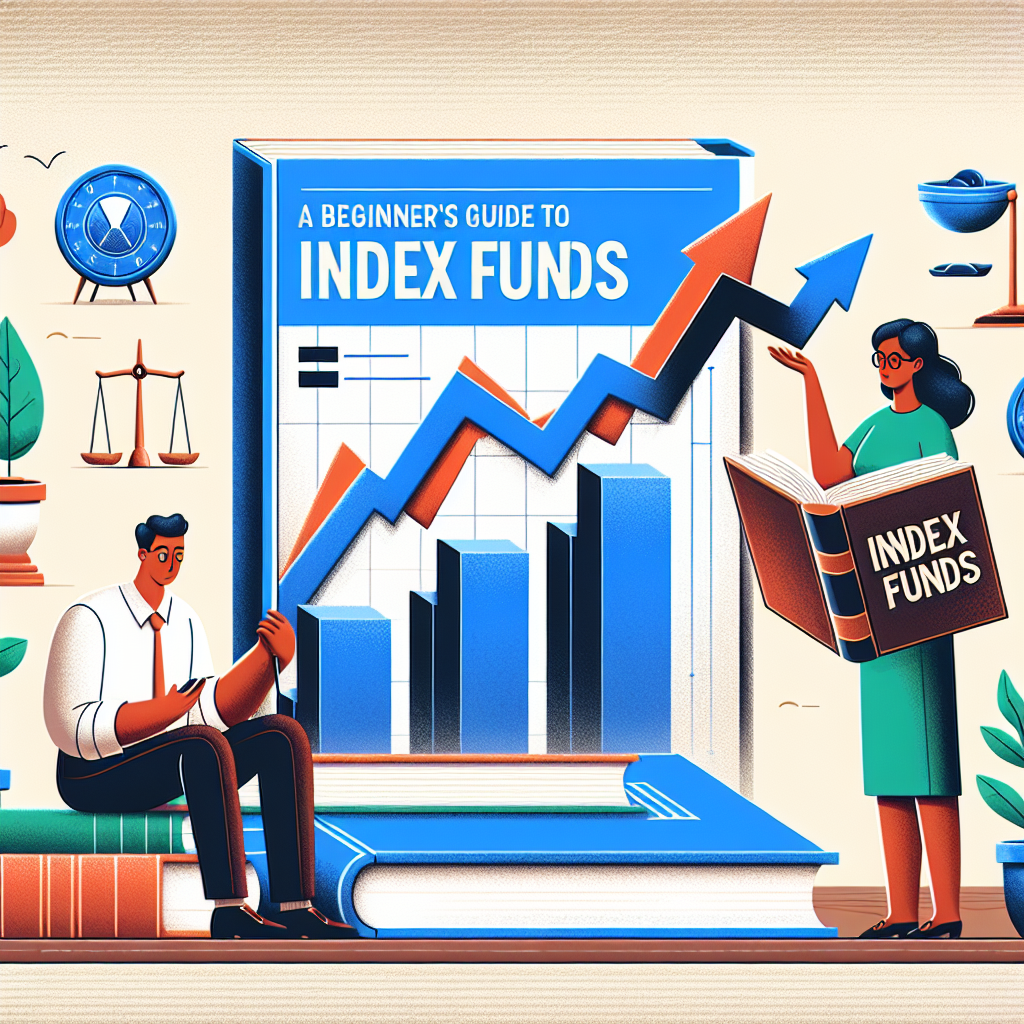Investing for the future can often feel overwhelming, especially for beginners. However, understanding investment vehicles like index funds can simplify the process significantly. This article aims to demystify index funds, explain why they matter, and guide you on how to get started.
What are Index Funds?
Index funds are a type of mutual fund or exchange-traded fund (ETF) designed to replicate the performance of a specific market index, such as the S&P 500, NASDAQ-100, or Dow Jones Industrial Average. Unlike actively managed funds, index funds do not require a team of analysts to pick individual stocks. Instead, they invest in all (or a representative sample) of the stocks within the selected index, providing broad market exposure with lower expenses.
Key Features of Index Funds
-
Passive Management: Index funds follow a passive investment strategy, meaning they aim to match the market returns rather than trying to beat them through active stock picking.
-
Diversification: By investing in an index fund, you’re getting exposure to a wide range of companies within that index, which can reduce individual stock risk.
- Low Costs: One of the most appealing aspects of index funds is their lower management fees compared to actively managed funds. Lower fees mean more money in your pocket over time.
Why Index Funds Matter
1. Cost-Effective Investment
One of the main benefits of index funds is their low expense ratios. Because they are passively managed, they require fewer resources than actively managed funds. Over time, these savings can accumulate significantly, leading to higher returns for investors.
2. Simplicity and Transparency
Index funds offer simplicity that is appealing for beginners. Understanding that the fund’s goal is to track its index makes it easier for new investors to comprehend what they are investing in. Additionally, performance tracking is straightforward as you only need to compare the fund’s returns with its benchmark index.
3. Reliable Performance
Historically, index funds have consistently outperformed the majority of actively managed funds, especially over long time horizons. According to studies, many active managers struggle to beat their benchmark indices after accounting for fees.
4. Automatic Diversification
Investing in an index fund means you automatically gain diversification. For example, an S&P 500 index fund holds shares in all 500 companies in the index, which can help mitigate the risk of being overly exposed to a single stock or sector.
Getting Started with Index Funds
Step 1: Determine Your Investment Goals
Before you invest, consider your financial goals, risk tolerance, and investment timeline. Are you saving for retirement, a home, or simply looking to grow your wealth? Your objectives will determine which types of index funds are most appropriate for your needs.
Step 2: Choose the Right Index Fund
Not all index funds are created equal. Look for funds that track indices you are interested in, such as international markets, large-cap stocks, or sector-specific indices. Pay attention to the expense ratios and the fund’s tracking error (how closely the fund’s performance matches the target index).
Step 3: Open an Investment Account
To invest in index funds, you will need to open a brokerage account if you don’t have one already. Many investment platforms offer user-friendly interfaces and have the option to purchase index funds with little or no minimum investment requirements.
Step 4: Make Regular Contributions
Consider setting up automatic contributions to your index fund investments. Dollar-cost averaging—investing a fixed amount regularly—can help smooth out market volatility and build your investment over time.
Common Myths About Index Funds
1. Index Funds are Only for the Experienced Investor
This is a misconception. Index funds can be a great way for novices to start investing, as their simplicity and lower costs make them an ideal entry point.
2. You Need a Lot of Money to Invest
Many index funds have low minimum investment requirements, some even allowing you to start investing with as little as $100. This accessibility makes index funds suitable for almost anyone.
Conclusion
Index funds serve as a cornerstone of a well-rounded investment strategy, offering simplicity, cost-effectiveness, and reliable long-term growth potential. As a beginner, understanding these funds’ fundamentals can empower you to make informed financial decisions. Start with your investment goals, choose the right funds, and commit to regular contributions. By doing so, you’ll be well on your way to building a robust investment portfolio that aligns with your financial aspirations.

